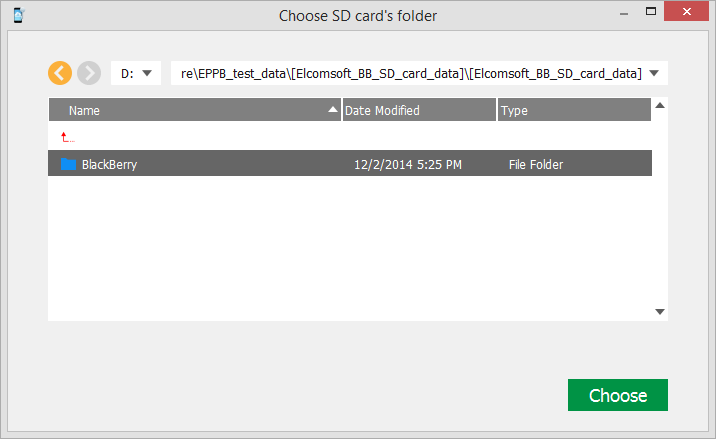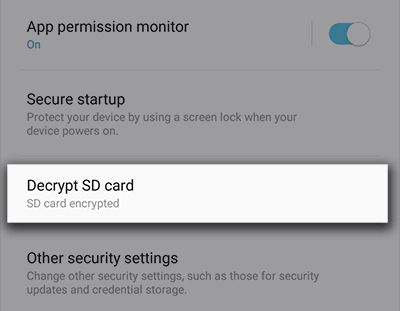
Situation: You’ve deleted a file from a drive that is encrypted using BitLocker, and you now want to recover this file. Let’s take a closer look at each of the five common BitLocker data recovery scenarios: Scenario #1: Recover a BitLocker drive with a known password The last scenario can be solved only if you have a backup of your data. The fourth scenario is somewhat problematic and doesn’t always end well, but there are solutions that you can try, so don’t give up until you’ve tried them all.


The good news is that the first three scenarios can be solved without much effort.

When you enable BitLocker encryption, all data on the encrypted volume turn into a seemingly random digital noise. In fact, BitLocker uses the same encryption that many military and government organizations do, the Advanced Encryption Standard (AES). The purpose of this feature is to allow users to easily encrypt entire volumes of data, such as the system drive, using a strong encryption algorithm. But encryption can be a double-edged sword because it can stop not just the bad guys but also legitimate users.

How Long Does It Take to Decrypt a BitLocker-Encrypted Drive?.How to Decrypt BitLocker-Encrypted Drives?.Scenario #5: Retrieve files from a formatted BitLocker volume.Scenario #4: Recover data from a corrupted or failed BitLocker drive.Scenario #3: Recover files from a BitLocker-protected secondary storage device.Scenario #2: Recover data from a BitLocker-encrypted computer that’s locked at boot.Scenario #1: Recover a BitLocker drive with a known password.Common BitLocker Data Recovery Scenarios.


 0 kommentar(er)
0 kommentar(er)
